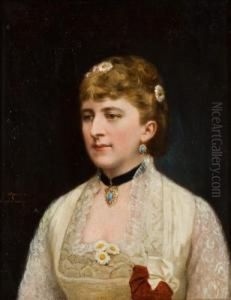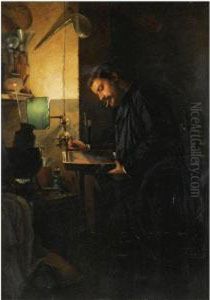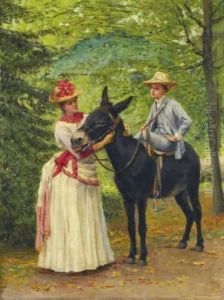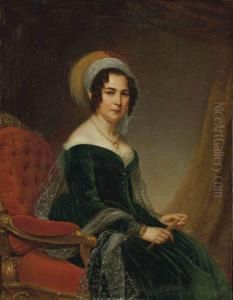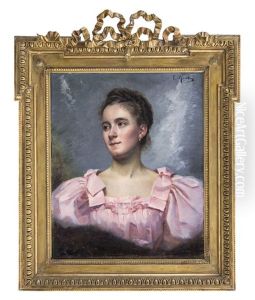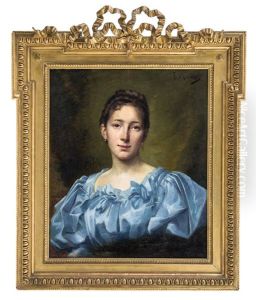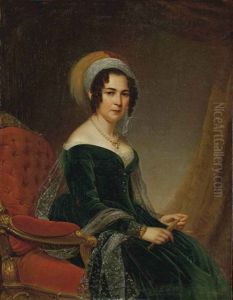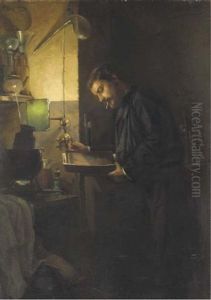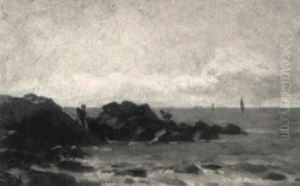Louis Muraton Paintings
Louis Muraton was a French artist, primarily recognized for his contributions to the Art Nouveau movement. Born on May 14, 1873, in Paris, France, he grew up during a period of considerable artistic innovation and change. The Art Nouveau style, known for its flowing lines and organic forms, was gaining prominence during Muraton's early years, and its influence is evident in his work.
Muraton's artistic journey began with his education at the École des Beaux-Arts in Paris, where he studied under the tutelage of notable instructors such as Alexandre Cabanel and Fernand Cormon. His training grounded him in the academic tradition, but like many artists of his generation, he was drawn to the more modern styles that were emerging at the end of the 19th century.
Throughout his career, Muraton was known for his paintings, illustrations, and decorative arts. His work often featured allegorical and mythological subjects, executed with a distinctively sinuous line and a delicate use of color that are characteristic of the Art Nouveau style. Muraton's contribution to the movement included not only fine art but also graphic design and illustration, areas in which he excelled and gained considerable recognition.
Despite his affiliation with Art Nouveau, Muraton's work also shows the influence of Symbolism, another prevalent movement of the time. Symbolist artists sought to express the mystical and emotional aspects of human experience, often through dreamlike imagery and personal symbolism. Muraton's oeuvre reflects this interest in the symbolic and the spiritual, and his paintings often evoke a sense of otherworldliness.
After the peak of Art Nouveau, Muraton, like many artists of the era, adapted his style to the changing tastes of the early 20th century. However, his work from the Art Nouveau period remains the most celebrated. Louis Muraton continued to create art until his death on July 28, 1953, in Paris. Today, his pieces can be found in various collections and museums, contributing to the enduring legacy of the Art Nouveau movement.
